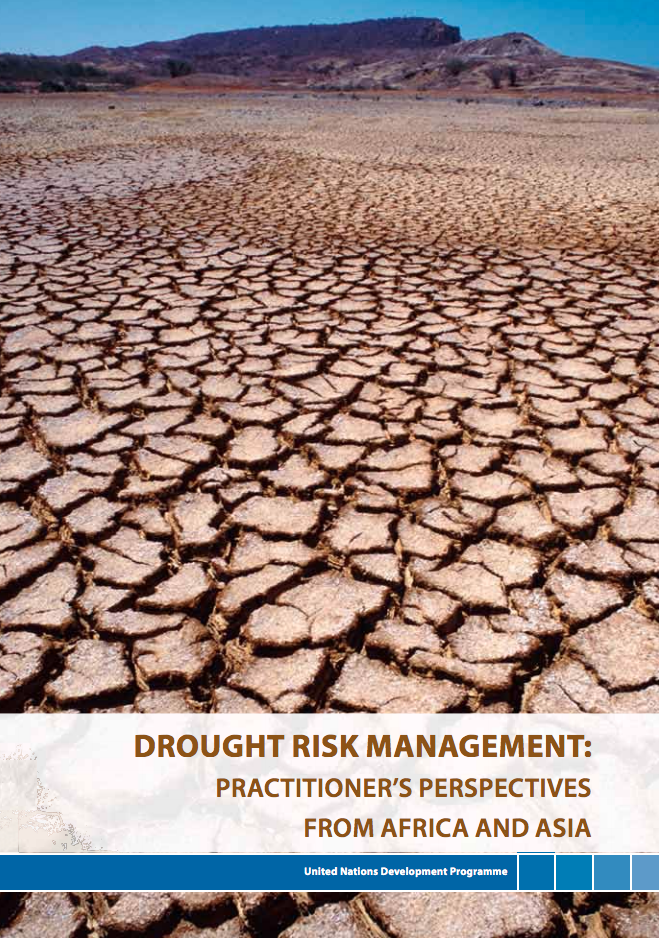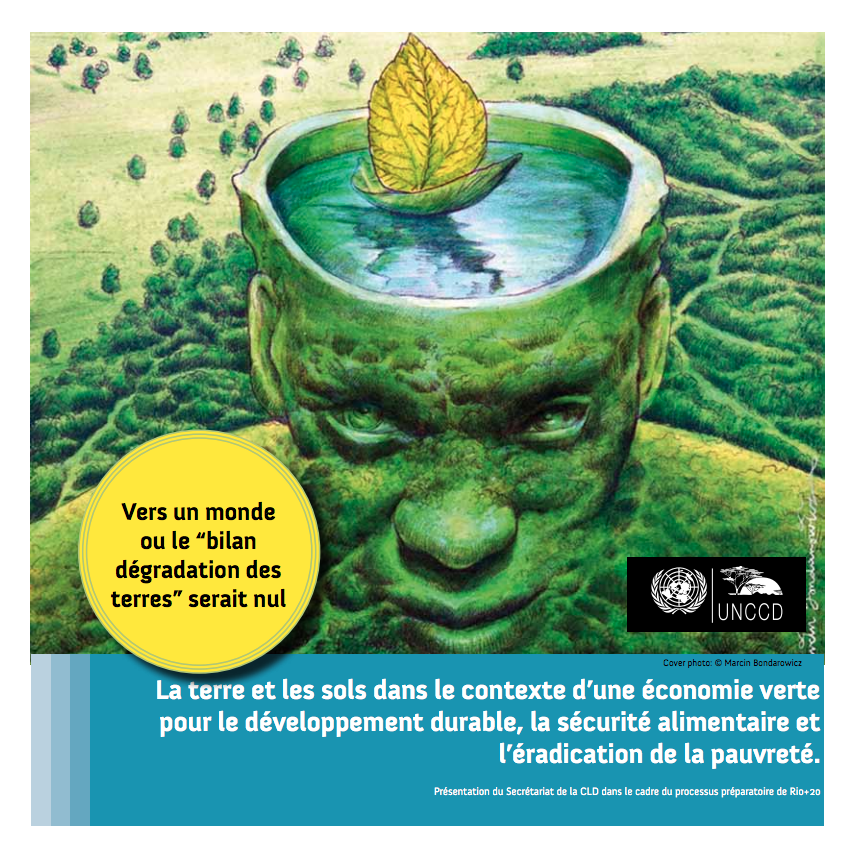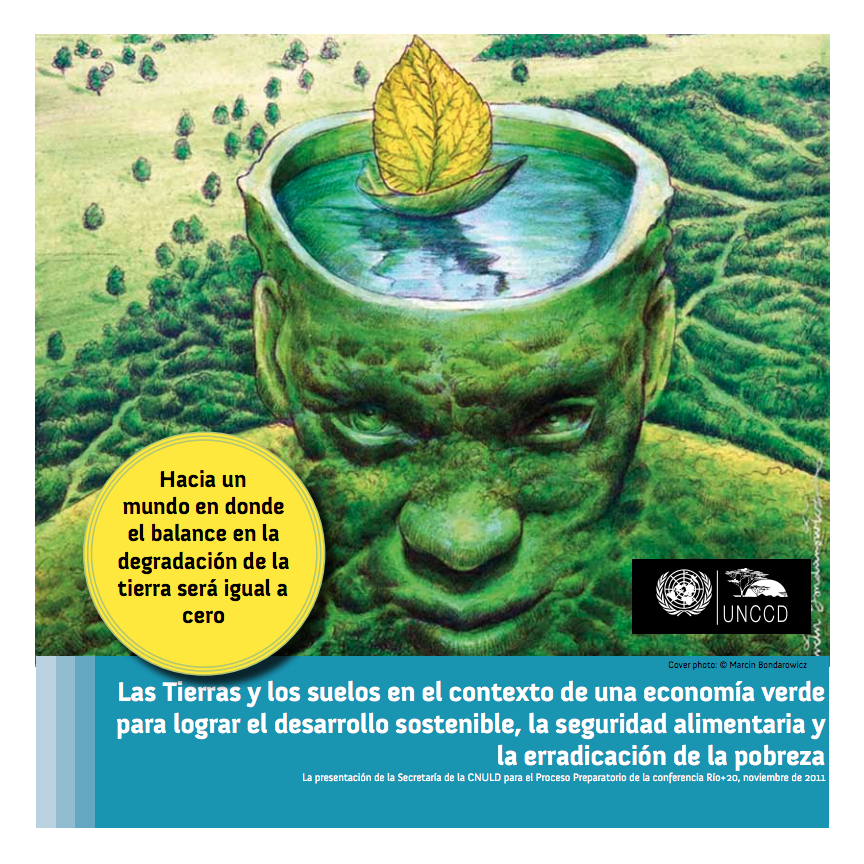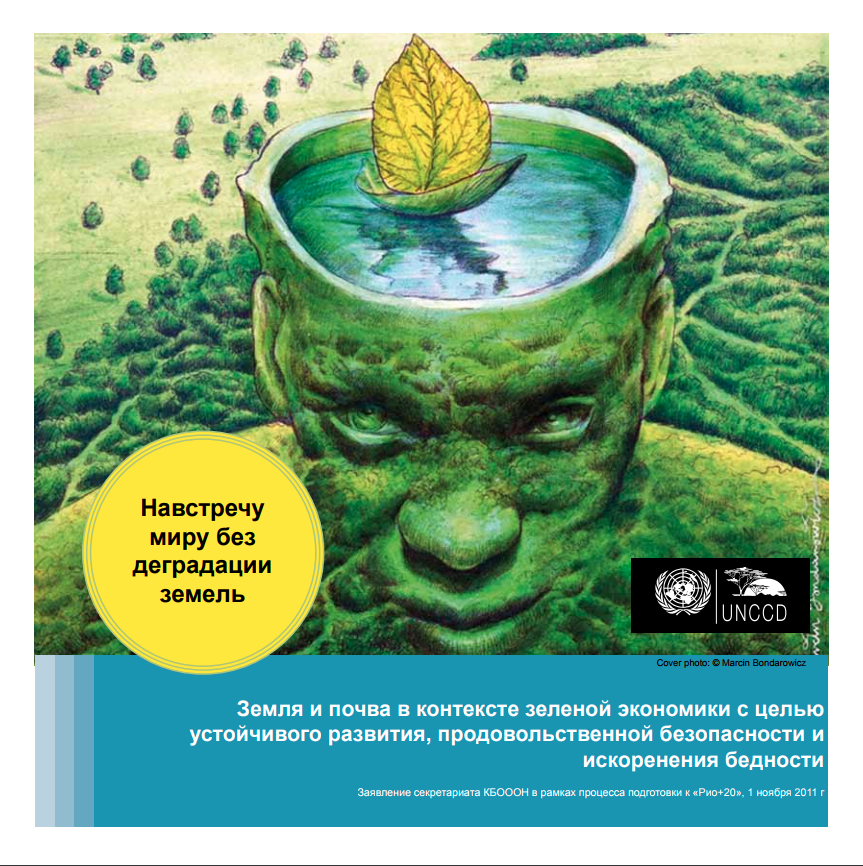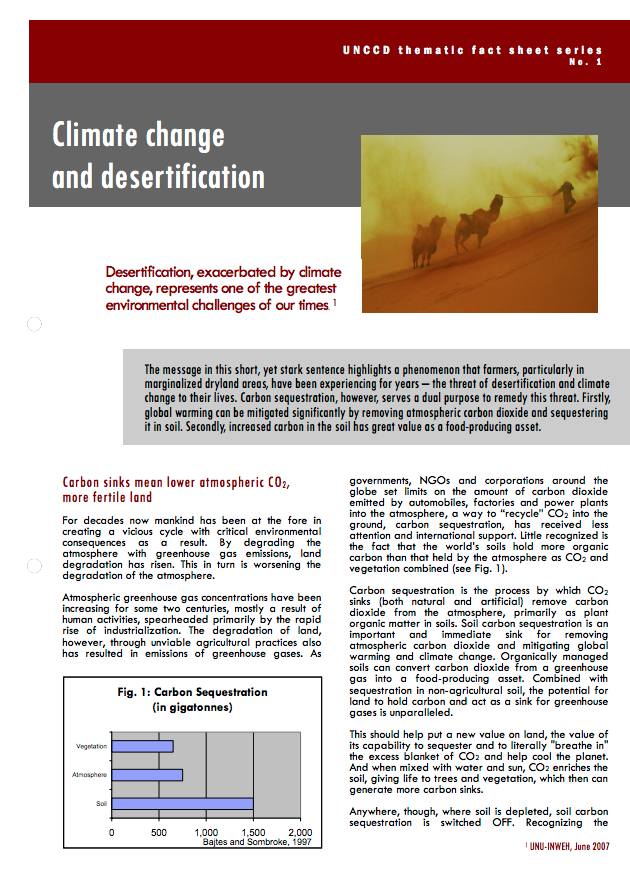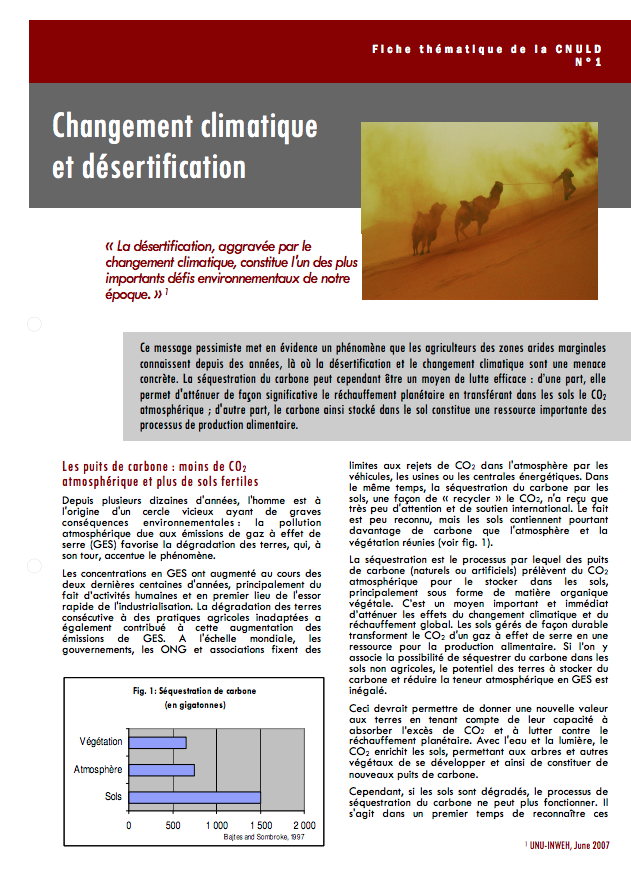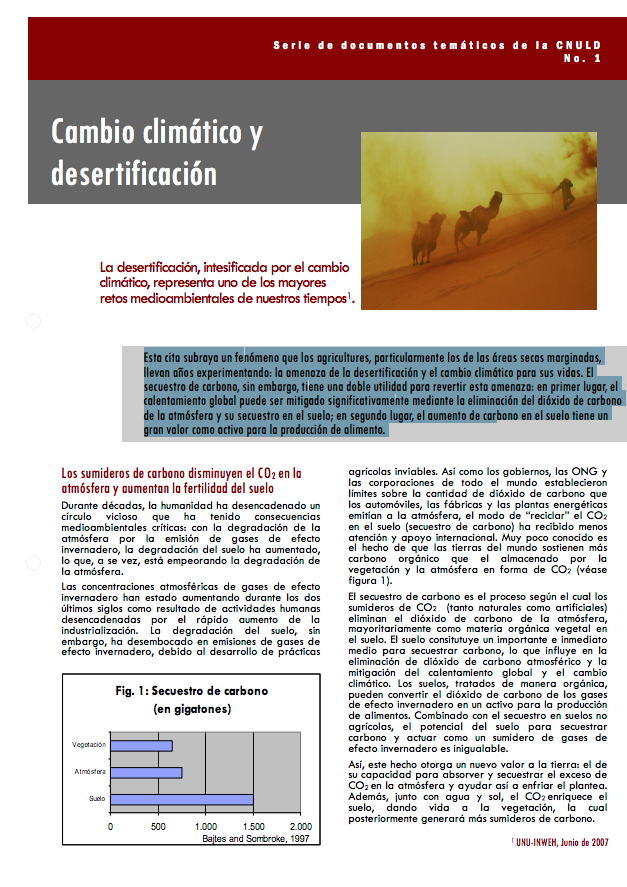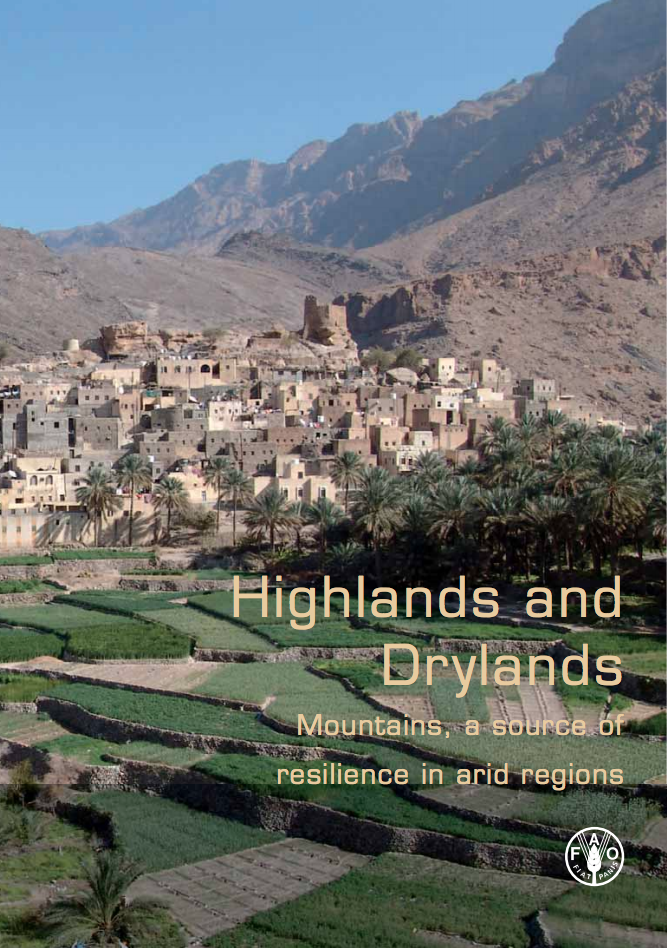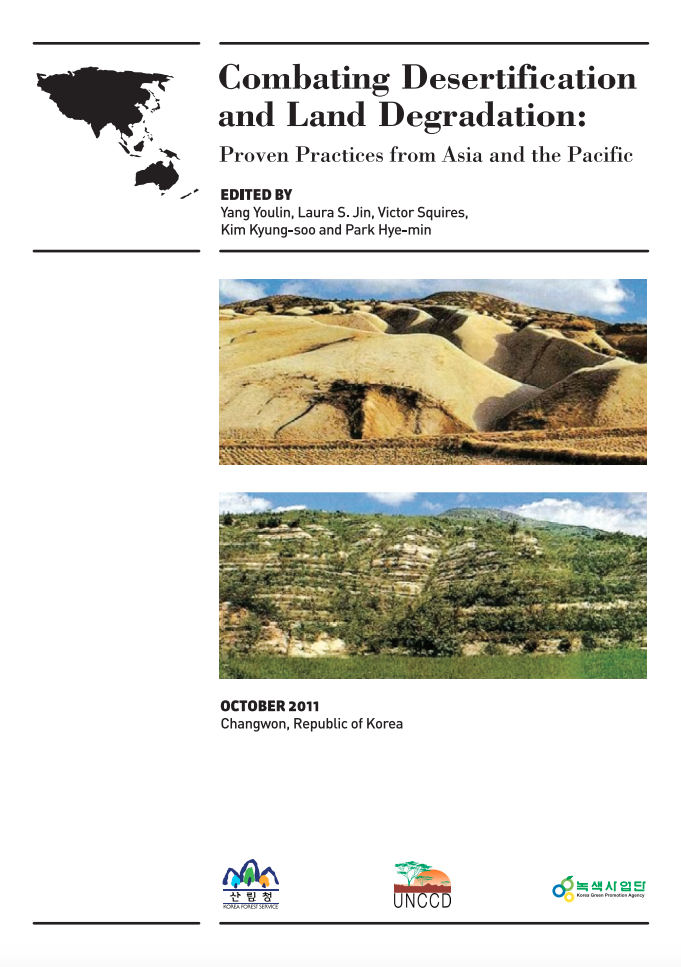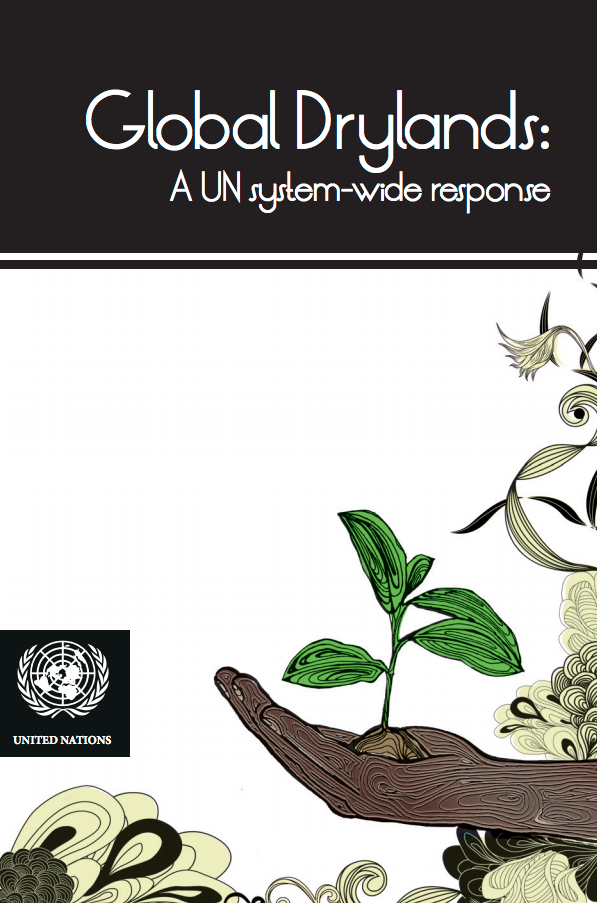Género y desertificación
El conjunto de medidas a menudo señaladas desde la perspectiva de género para revocar la desertificación y la degradación de las tierras y atenuar los efectos de la sequía (DLDD) incluye: la mejora de la participación de las mujeres en la toma de decisiones, la creación de capacidad de las organizaciones de mujeres, la erradicación del analfabetismo femenino, la disminución de su carga de trabajo y la desaparición de las disparidades de género, tanto en el trabajo como en el acceso y posesión de recursos.


